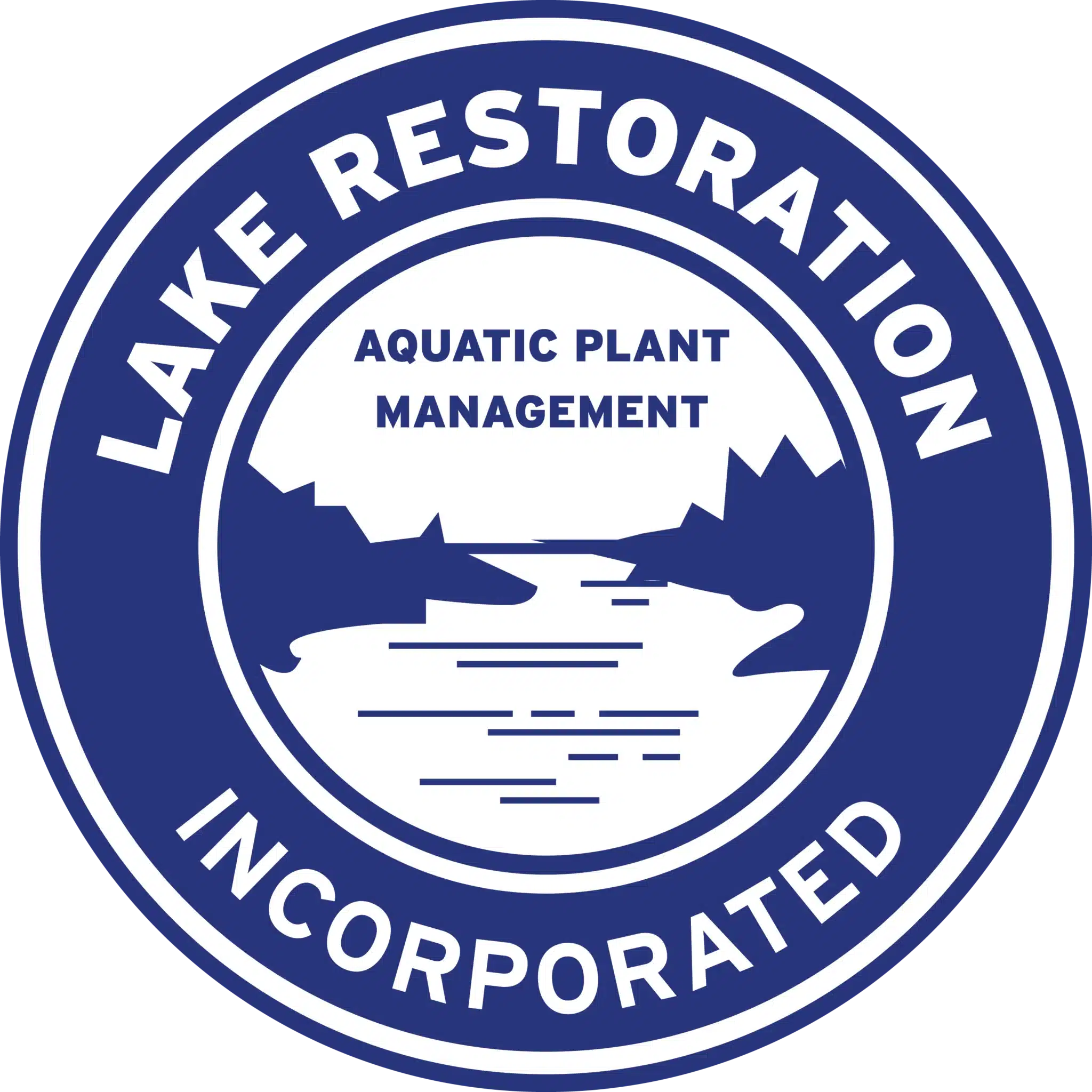Florida Aquatic Weed Control in Ponds
Florida has over 7700 ponds and lakes and a variety of species of invasive pond weeds. Here are some of the more common aquatic pond weeds found in Florida and how you can control them.
Water hyacinth
Water HyacinthWater hyacinth is native to South America but has naturalized in much of the Southern U.S. For this reason and others, Florida aquatic weed control is very important. Learning to identify a problem aquatic weed such as Water hyacinth is crucial to the Florida ecosystem and for avoiding environmental damage.
Water hyacinth is a free-floating perennial plant that can grow to a height of 3 feet. Its dark green leave are circular and/or elliptical in shape and are attached to spongy, inflated petioles. Underneath the water is a thick, heavily branched, dark and fibrous root system. Most strikingly, the water hyacinth has vibrant light blue to violet flowers shaped in a spike. While not unattractive, Water hyacinth is a very aggressive invader and can form thick mats that cover entire surfaces of ponds and can cause oxygen depletion and fish kills. As such, water hyacinths should be sufficiently and carefully controlled.
Hydrilla
HydrillaHydrilla is a perennial plant that forms dense colonies and can grow to the surface in water over 20 feet deep. Hydrilla branches extensively and after reaching the surface it then extends across the top of the water, forming thick mats. Hydrilla can reproduce by fragmentation, from seeds, from turions (axilary buds), and from tubers. Leaves are blade-like about 1/8 inch and 3/8 inch long with small tooth margins and spines on the underside of the midrib which make them feel rough. Leaves are usually 4 to 8 in a whorl.
Hydrilla is native to Europe and Asia and was probably brought to the U.S. for the aquarium industry. It is considered a noxious pest because it grows so rapidly, out competing and eliminating native species, and forming surface mats that hinder recreation, navigation, and water intakes.
Hydrilla turions and tubers are consumed by some ducks but generally it is not considered a good wildlife food. In Florida, aquatic weed control for hydrilla can be implemented with a RestoreAccess Ultra kit and/or a pond weed removal machine.
Giant duckweed
(Spirodela polyrhiza)
Giant Duckweed is a prevalent aquatic weed in Florida and careful treatment is crucial to Florida ponds and lakes. Giant or big duckweed is still relatively small (1/16 to 1/4 inch) with 1 to 4 light green leaves. Three or more roots (or root-hairs) protrude from each frond. Duckweed tends to grow in dense colonies in quiet water undisturbed by wave action. Often more than one species of duckweed will be grouped together in these colonies.
Water hyacinth has no known direct food value to wildlife and is considered a pest species. For water hyacinth control, Lake Restoration recommends an Open Water Kit, which is also effective in killing cattails and water lilies.
Giant duckweed can be an aggressive invader of Florida ponds and are often found mixed in with other types of duckweed, mosquito fern, and watermeal. If colonies cover the surface of the water, then oxygen depletion and fish kills can occur. These plants should be controlled before they cover the entire surface of the pond.
For effective Florida duckweed control, we recommend our signature PondRestore Ultra pond weed control kit, which controls and kills a variety of submerged, emergent, and floating pond weeds and treats entire bodies of water.
Filamentous algae
Filamentous AlgaeFilamentous algae are single algae cells that form long visible chains, threads, or filaments, and have a knack for showing up in Florida ponds. These filaments intertwine and form mats that resemble wet wool. Filamentous algae starts growing along the bottom in shallow water or attached to structures in the water (like rocks or other aquatic plants). In Florida it floats to the surface forming large mats, which are commonly referred to as “pond scum.” There are many species of filamentous algae and often more than one species will be present at the same time in the pond.
Submerged portions of all Florida aquatic weeds provide habitats for many micro and macro invertebrates (i.e. bugs, worms, etc.). At the same time, filamentous algae has no known direct food value to wildlife. In Florida, aquatic algae control can mean the difference between a suffering or a vibrant body of water.
To treat algae and other aquatic weeds in Florida ponds and lakes, we recommend aPondRestore Ultra control kit, which also will treat duckweed and other invasive weeds.

